In many developing countries, large cities are struggling to cope with the increase in private transport. Jhanja Tripathy from India has been committed to sustainable urban transport policy in her country for many years.
About Ms Tripathy

Jhanja Tripathy from India works in a leading position in the Ministry of Housing and Urban Affairs and is committed to sustainable transport policy in her country.
The roads of Delhi are ruled by chaos. The road belongs to anyone: cars and mopeds honk in harmony as people weave carts through the traffic, surrounded by rickshaws and pedestrians looking for a gap to cross. Jhanja Tripathy is aware of the traffic chaos in this Indian metropolis as she makes her way to the Ministry for Housing and Urban Affairs. She has been in charge of budgets and financing here for the past four years. “In a country like India with a growing population and lots of people moving to the cities, space on the roads has to be divided between a range of different road users,” she says, describing the situation. As in many other developing countries, large cities in India are fighting a rise in individual transport.
The reason behind this is actually a positive one: economic progress and rising prosperity. The growing middle classes are queuing up at car dealerships and the number of cars is rising all the time – bringing with it all the negative consequences we are already familiar with: toxic emissions, air pollution, fuel consumption, high accident rates, constant traffic jams and long waits for commuters, particularly during rush hour. “Of course, we have to convince people to do without their cars more o"en,” says Jhanja Tripathy, “but to do this, we need intelligent traffic management.”
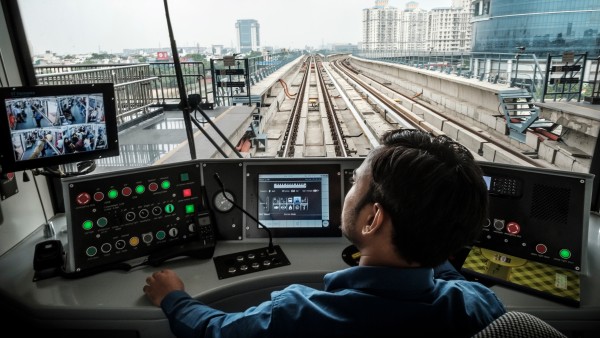
Change
Rail travelling has to become more attractive in India's major cities.
The individual transport systems have to be so well coordinated that people can get quickly from A to B without a car and without any long waits. This calls for integrated solutions and the increased use of IT technology.
This is why she has been working hard to promote the expansion of public transport systems for a long time. As well as working for the Ministry, she is a member of the supervisory board for five rail-based local transport companies in India. In this role, she works hard to keep pushing forward projects to expand the railway network and public transport.
Source
This article appeared in FC – The Financial Cooperation magazine with the title ”Cities in flux“.
See the issueFor poor people especially, buses and trains remain the only form of transport, simply because they can’t afford a car and often have to travel a long way to work. And for more prosperous Indians, “use of the railway has to be so attractive that they will gladly do without their vehicle as often as possible,” explains Jhanja Tripathy.
Published on KfW Stories: Thursday, 6 December 2018
The described project contributes to the following United Nationsʼ Sustainable Development Goals
Goal 9: Build resilient infrastructure, promote sustainable industrialization and foster innovation
Non-existent or dilapidated infrastructure hinders economic efficiency and thus engenders poverty. When building infrastructure, the focus should be on sustainability, for example, by promoting environmentally-friendly means of transport. Factories and industrial facilities should also ensure that production is in line with ecological aspects to avoid unnecessary environmental pollution.

All United Nations member states adopted the 2030 Agenda in 2015. At its heart is a list of 17 goals for sustainable development, known as the Sustainable Development Goals (SDGs). Our world should become a place where people are able to live in peace with each other in ways that are ecologically compatible, socially just, and economically effective.

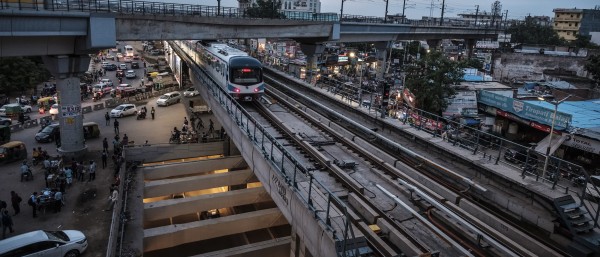

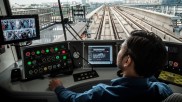
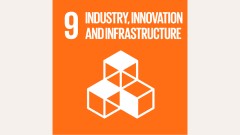

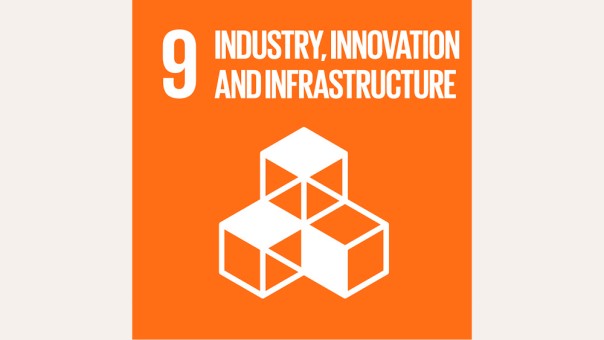

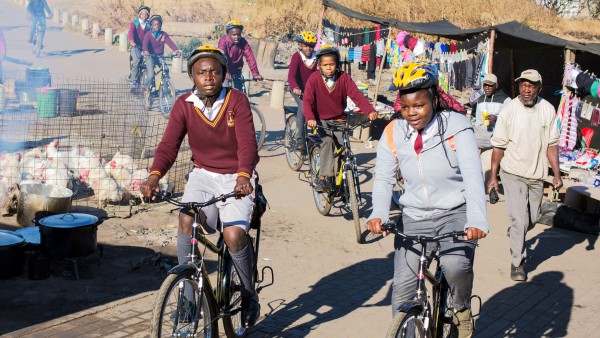
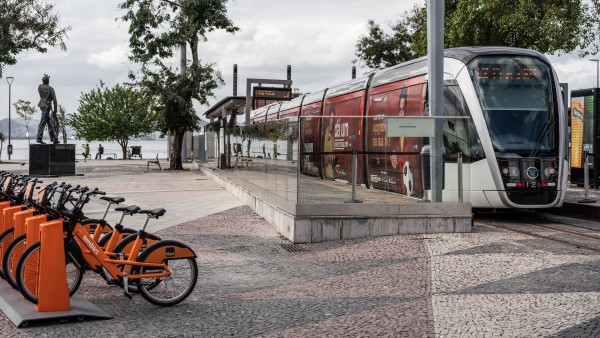
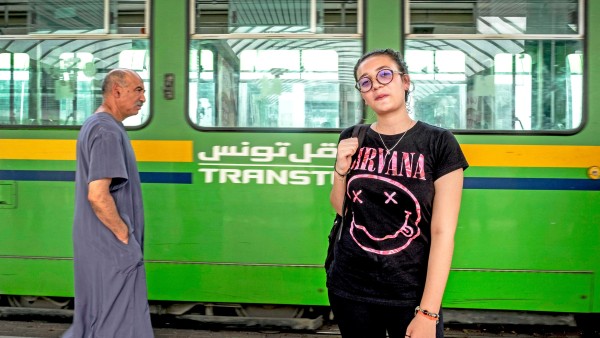
Data protection principles
If you click on one of the following icons, your data will be sent to the corresponding social network.
Privacy information